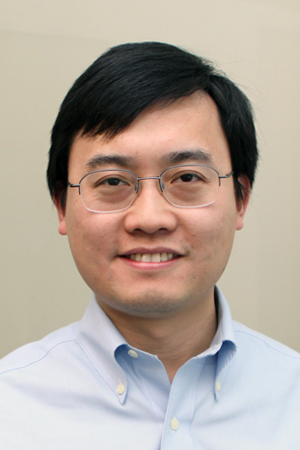
Yufeng Shen's lab is interested in developing better computational methods for identifying rare genetic variants that increase disease risk.
On the surface, birth defects and cancer might not seem to have much in common. For some time, however, scientists have observed increased cancer risk among patients with certain developmental syndromes. One well-known example is seen in children with Noonan syndrome, who have an eightfold increased risk of developing leukemia. Recently, researchers studying the genetics of autism also observed mutations in PTEN, an important tumor suppressor gene. Although such findings have been largely isolated and anecdotal, they raise the tantalizing question of whether cancer and developmental disorders might be fundamentally linked.
According to a paper recently published in the journal Human Mutation, many of these similarities might not be just coincidental, but the result of shared genetic mutations. The study, led by Yufeng Shen, an Assistant Professor in the Columbia University Departments of Systems Biology and Biomedical Informatics, together with Wendy Chung, Kennedy Family Associate Professor of Pediatrics at Columbia University Medical Center, found that cancer-driving genes also make up more than a third of the risk genes for developmental disorders. Moreover, many of these genes appear to function through similar modes of action. The scientists suggest that this could make tumors “natural laboratories” for pinpointing and predicting the damaging effects of rare genetic alterations that cause developmental disorders.
“In comparison with cancer, there are relatively few patients with developmental disorders,” Shen explains, “For geneticists, this makes it hard to identify the risk genes solely based on statistical evidence of mutations from these patients. This study indicates that we should be able to use what we learn from cancer genetics — where much more data are available — to help in the interpretation of genetic data in developmental disorders.”